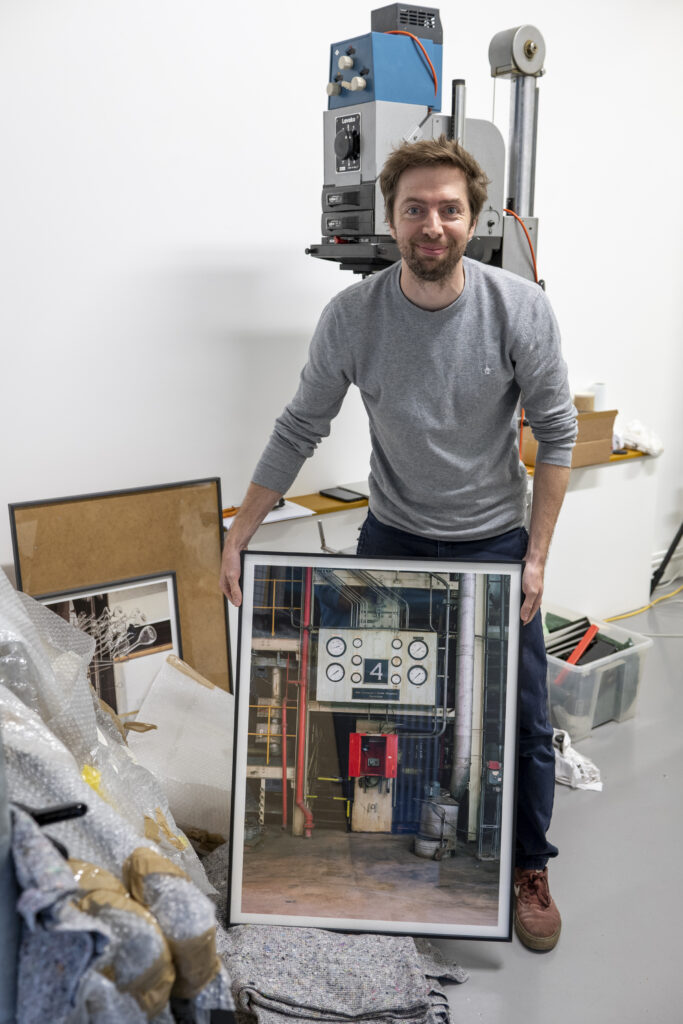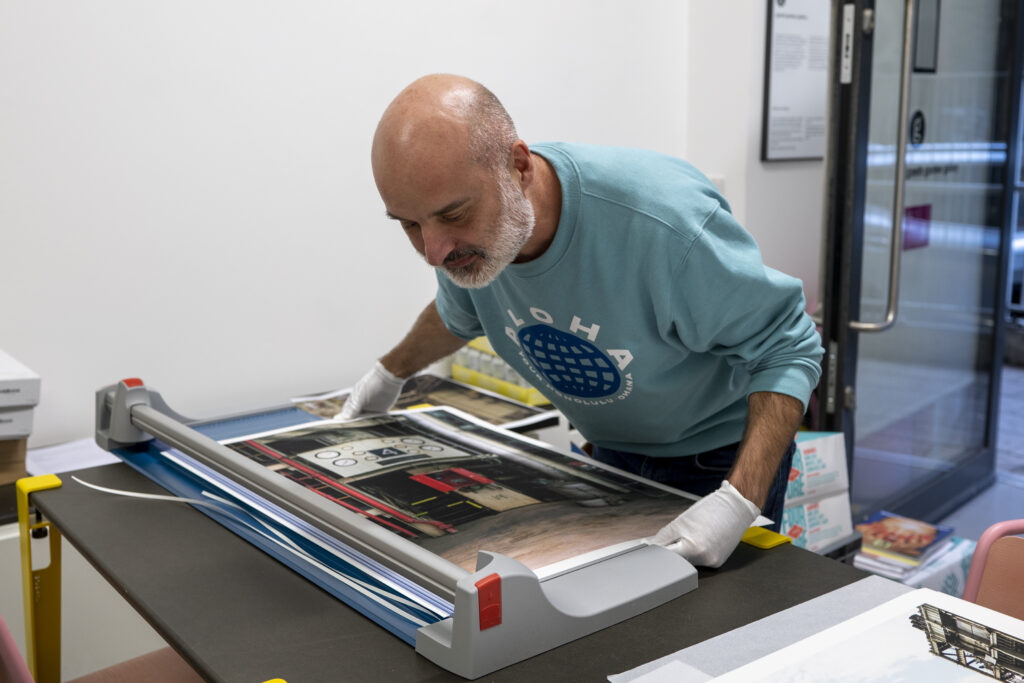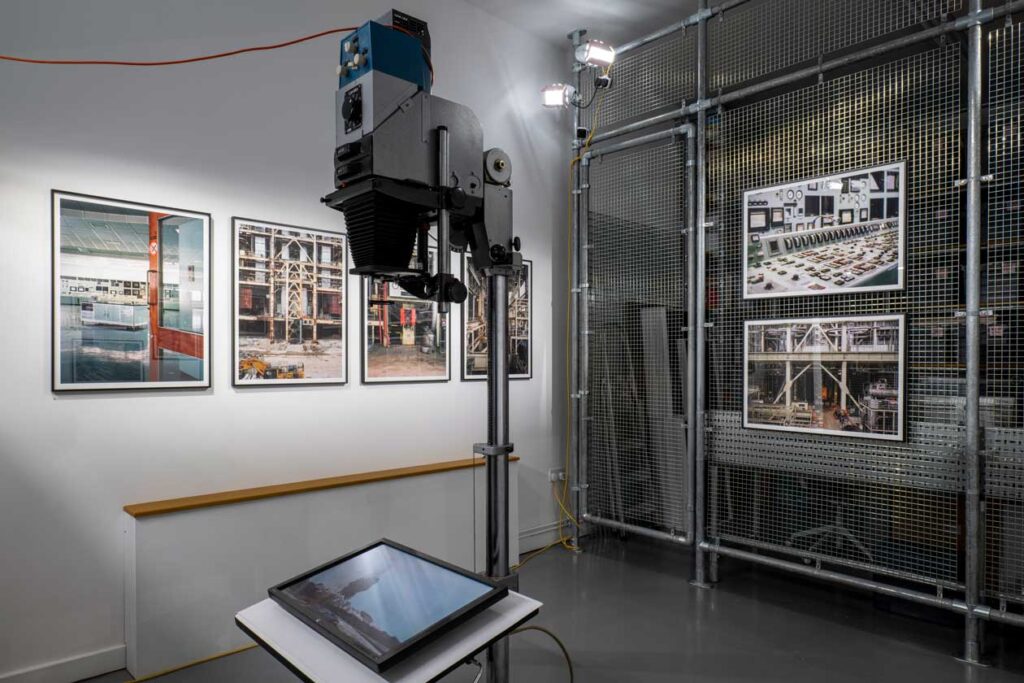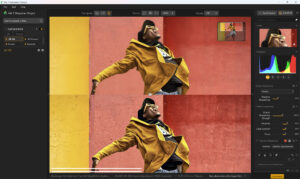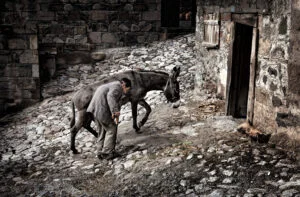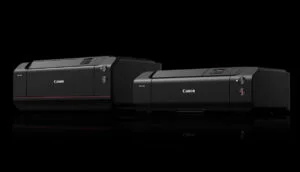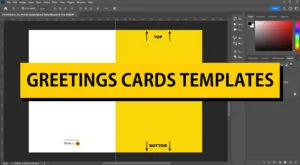PermaJet’s brand new Smooth Rag 310 proved itself to be a superlative performer when it came to printing photographs for the latest exhibition at Deptford’s Gareth Gardner Gallery. The heavyweight 100% cotton rag paper was selected to print Razing Power, a collection of dramatic large format prints of Fawley Power Station, captured by photographer Greg Moss.
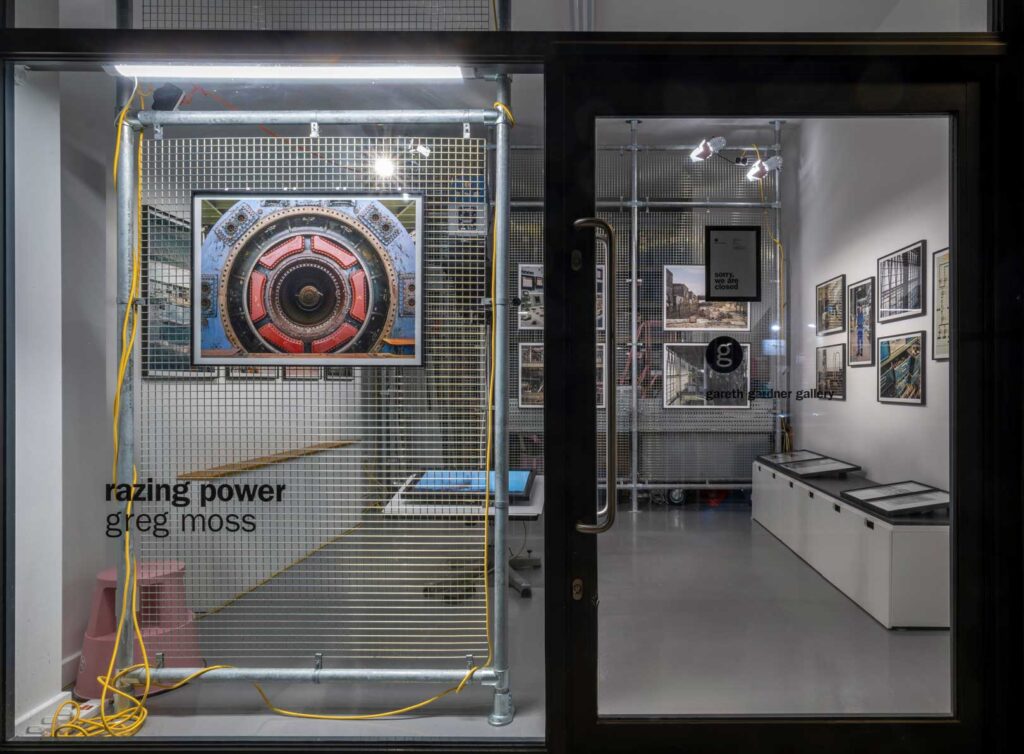
Gareth Gardner Gallery is dedicated to photography of architecture and place, the only venue of its kind in the UK. A key part of its mission is to make exhibiting accessible for emerging photographers and those who have limited prior experience of showing their work. As a result, the gallery offers the cost-effective ability to produce high quality prints in-house, using a Canon imagePROGRAF PRO-2100 large format printer.
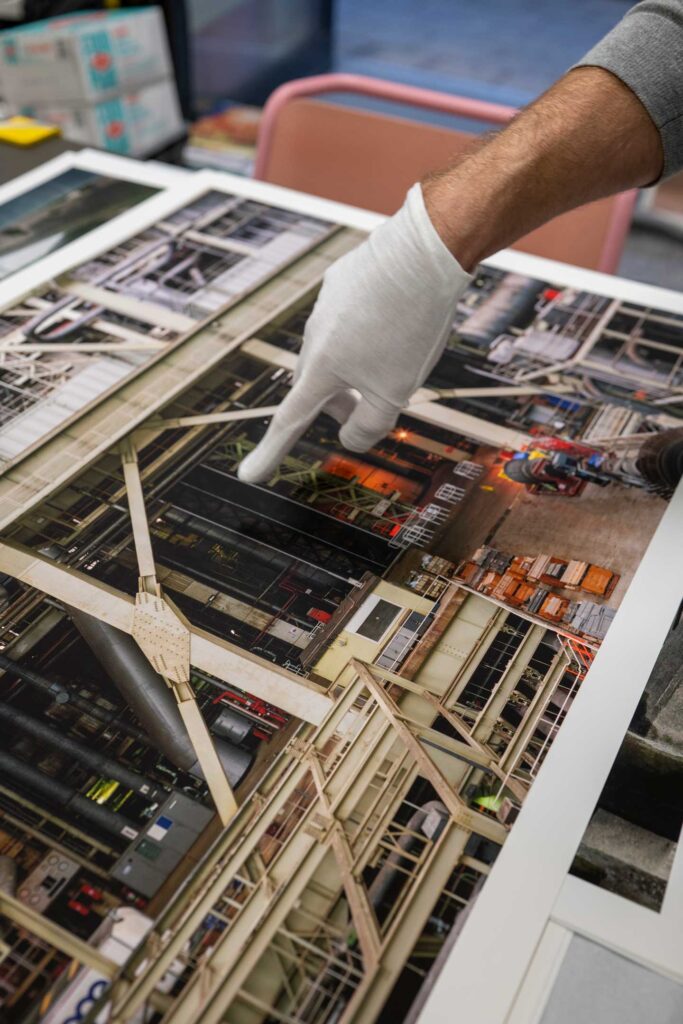
‘We have been working with PermaJet as our paper supplier for several years, so leapt at the chance to test out one of the company’s latest launches,’ says curator and architectural photojournalist Gareth Gardner. ‘The matte finish and warm/neutral base of the new Smooth Rag 310 was a perfect choice for printing these particular images.’
Greg Moss has spent the last decade photographing the decommissioning and demolition of Fawley Power Station. Located on the edge of the New Forest, overlooking Southampton Water, it was particularly renowned amongst architecture enthusiasts and yachtsmen alike. The building was an iconic example of postwar brutalist industrial architecture, and its giant 198m-tall chimney was a valuable sailing navigation aid visible for miles around.
Greg shot the images on Kodak Portra 400 film, using both a 5×4 field camera and Pentax 6×7 medium format camera. He wanted the exhibition prints to capture the experience of being inside the abandoned interiors, with a wide dynamic range, strong blacks but plenty of detail in the shadows. ‘The paper really complements the subject matter,’ he comments. ‘The tones of the images are quite muted, which work really nicely with this paper’. Greg adds that the paper revealed hidden details in the images. ‘The intricate pipework and rivets have been really picked out.’
Test prints revealed that the smooth cotton rag stock delivered the subtlety required for the prints while maintaining impact. Its slight warmth was an ideal match for the off-white tones in the photographs and the unique nature of Kodak’s Portra 400 film, which has become increasingly popular among analogue photographers. Says Greg: ‘Portra 400 has its own look, and the paper hasn’t hidden that. I can look at the prints and know immediately that they are shot on Portra, which is what I wanted.’ The absence of optical brightening agents added to the subtlety of the finished prints, accurately reflecting Greg’s recollection of the vast unlit interior spaces.
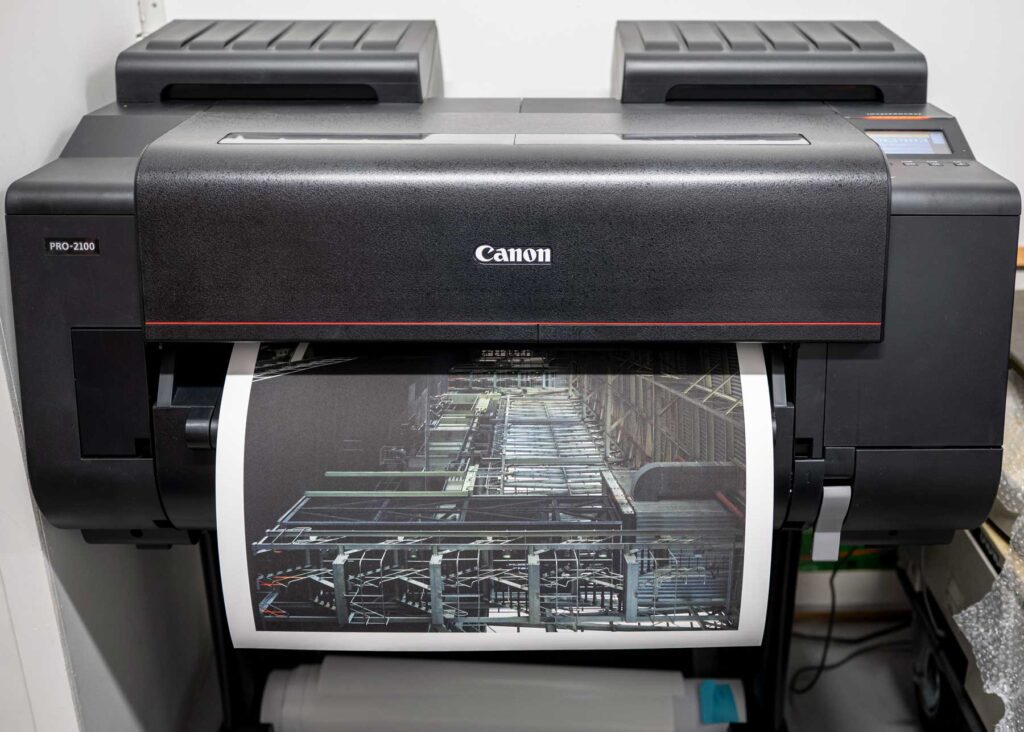
At 310gsm, the paper itself has a substantial feel to it. It is extremely smooth, with the very barest hint of texture, which adds to the sense of it being a premium product. As the prints were both for exhibition and sale, it was also important that the combination of ink and paper was archival.
The exhibition largely consisted of 600x800mm prints, created from high resolution scans of the original negatives. produced by London laboratory Artful Dodgers. They were stored in a Lightroom Classic catalogue and printed via Binartem’s excellent Qimage One software, allowing for accurate provision of borders and the inclusion of corner trim marks. Permajet supplied an ICC profile for the specific paper/printer combination which proved to deliver extremely accurate colours. The remainder of the photographs were printed at A2 size on sheet media, some on a Canon PRO-1000 printer and others hand-fed into the PRO-2100.
For more information about the exhibition, visit www.garethgardner.gallery
